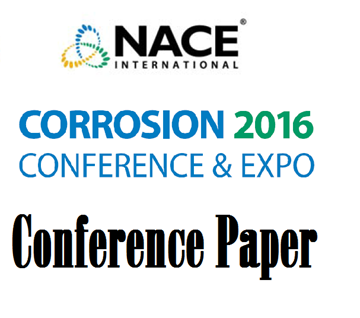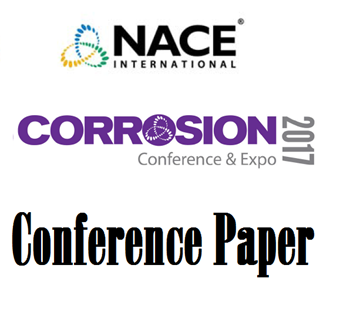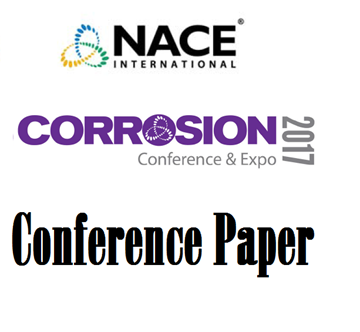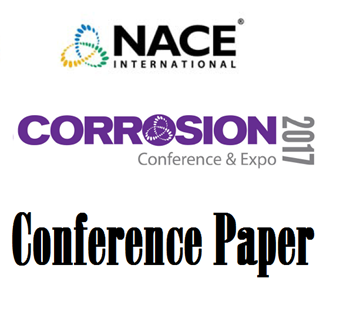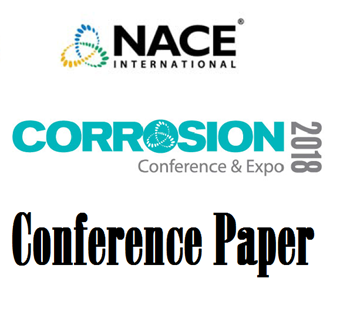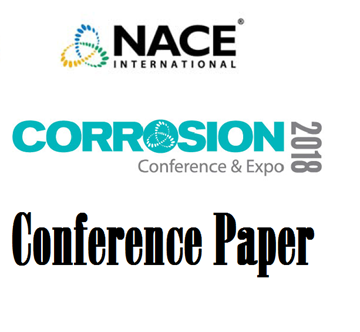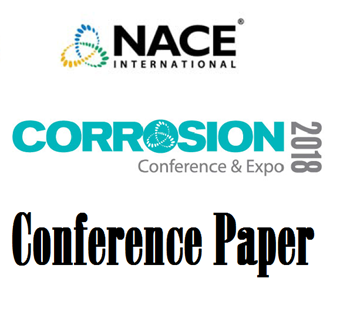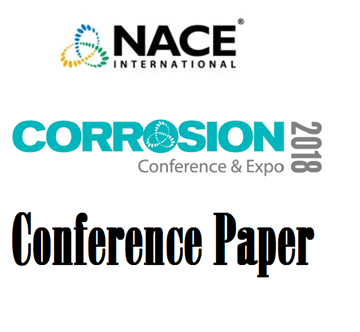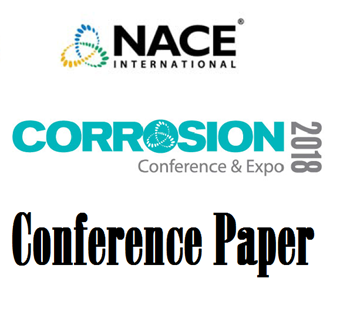Search
Products tagged with 'reinforced concrete'
View as
Sort by
Display
per page
02265 CARBON PAINT ANODE FOR REINFORCED CONCRETE BRIDGES IN COASTAL ENVIRONMENTS
Product Number:
51300-02265-SG
ISBN:
02265 2002 CP
Publication Date:
2002
$20.00
51316-7257-Optimizing Current Distribution in Reinforced Concrete Cathodic Protection Systems
Product Number:
51316-7257-SG
ISBN:
7257 2016 CP
Publication Date:
2016
$20.00
51317--9531-Reinforced Concrete Corrosion Damage Forecast with Potential Dependent Threshold: Sensitivity to System Parameters
Product Number:
51317--9531-SG
ISBN:
9531 2017 CP
Publication Date:
2017
$20.00
51317--9576-Inland Wharves - Challenges of Service Life Modeling
Product Number:
51317--9576-SG
ISBN:
9576 2017 CP
Publication Date:
2017
$20.00
51317--9700-Galvanic Cathodic Protection for High Resistance Concrete in Marine Environments
Product Number:
51317--9700-SG
ISBN:
9700 2017 CP
Publication Date:
2017
$20.00
51318-11005-Evaluation and Repair of Natural Draft Cooling Towers
Product Number:
51318-11005-SG
Publication Date:
2018
$20.00
51318-11133-Spatial evaluation of the corrosion condition of reinforced concrete structures
Product Number:
51318-11133-SG
Publication Date:
2018
$20.00
51318-11167-Corrosion propagation of rebar embedded in low w/c binary concrete blends exposed to seawater
Product Number:
51318-11167-SG
Publication Date:
2018
$20.00
51318-11195-Criteria for Protective Film Growth on Carbon Steel Rebar in a Carbonation Process
Product Number:
51318-11195-SG
Publication Date:
2018
$20.00
51318-11312-Stainless steel rebar for marine environment: a study of galvanic corrosion with carbon steel rebar used in the same concrete structure
Product Number:
51318-11312-SG
Publication Date:
2018
$20.00
AMPP SP21520-2023, Acceptance Criteria for Cathodic Protection of Steel in Concrete Structures
Product Number:
AMPP SP21520-2023
Publication Date:
2023
$109.00
BRIDGES: A LOOK BACK Historic Studies in Cathodic Protection: The 1990s
Product Number:
37682-pdf
ISBN:
978-1-57590-439-9
$91.00

